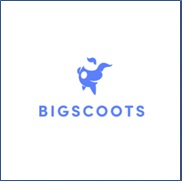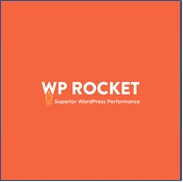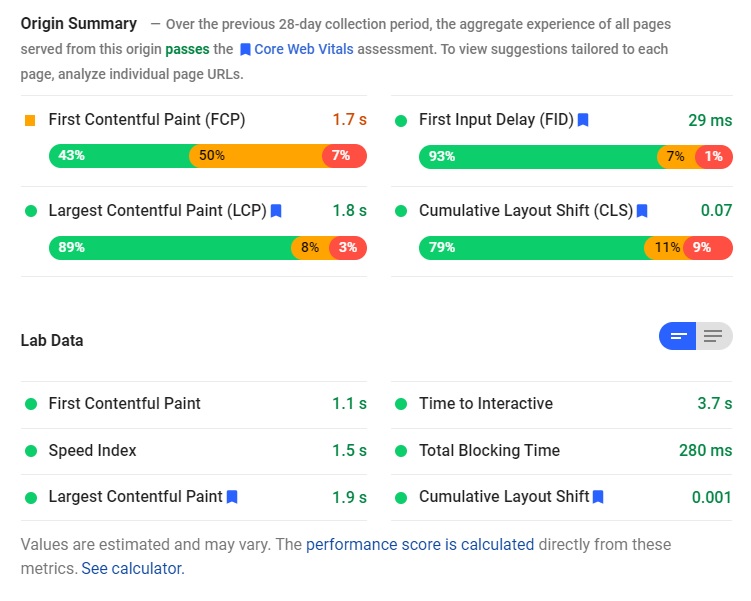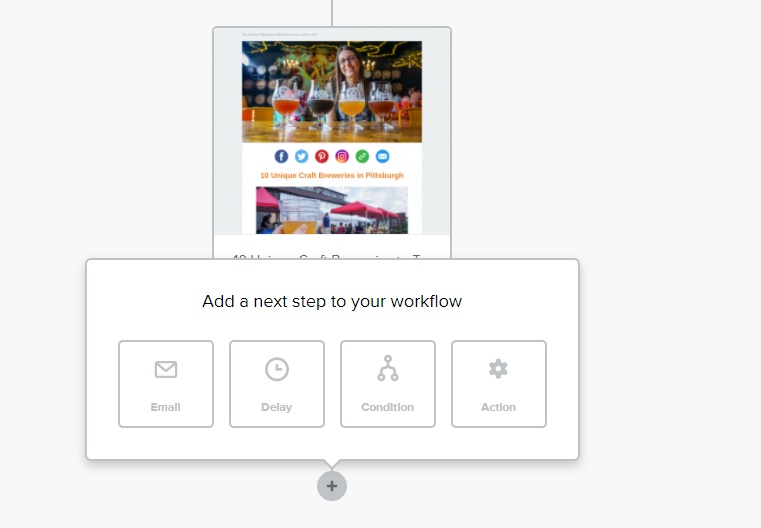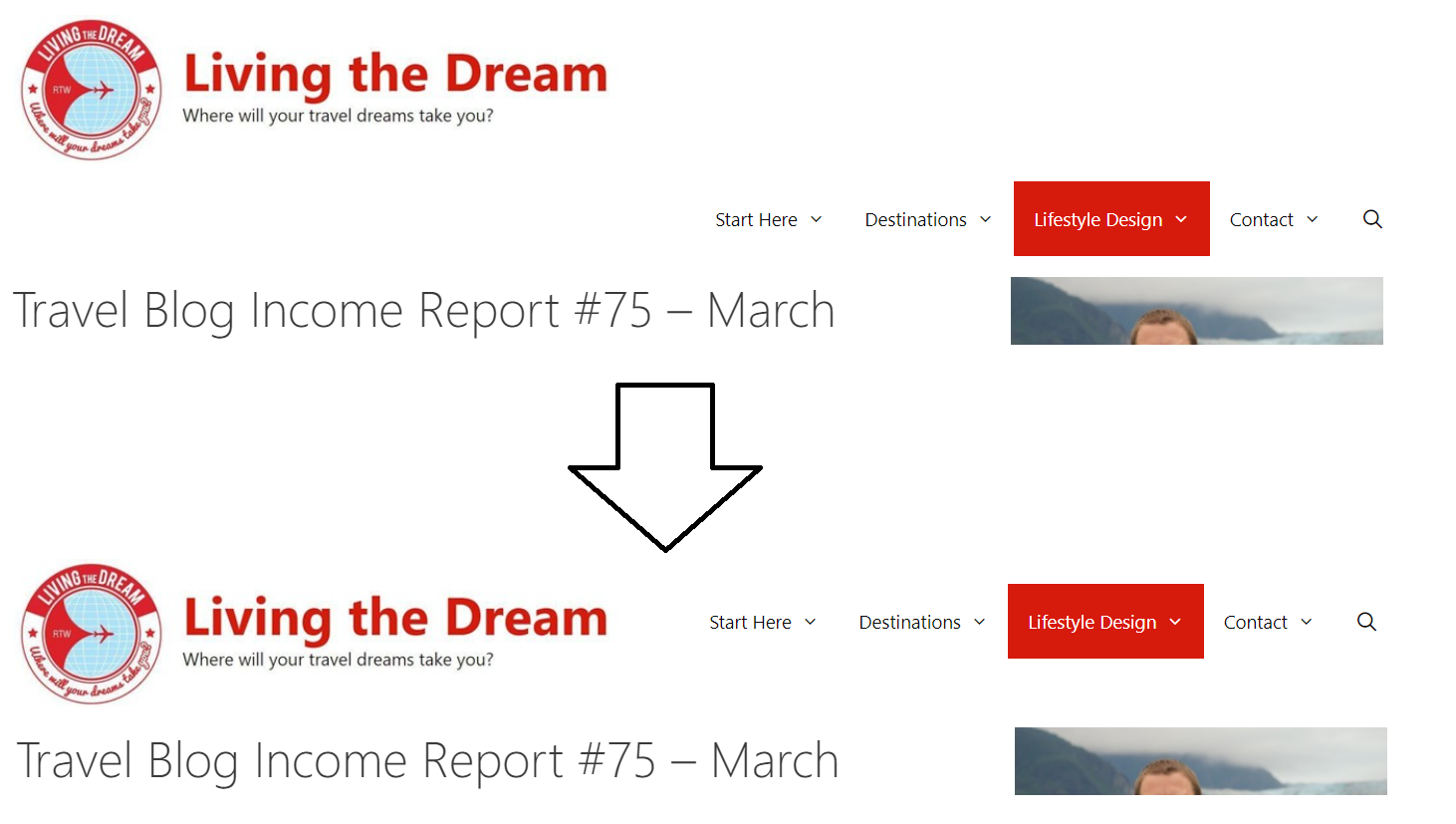Published by Jeremy. Last Updated on April 15, 2024.
Disclaimer: This Week in Blogging uses demographic data, email opt-ins, and affiliate links to operate this site. Please review our Terms and Conditions and Privacy Policy.
It is hard to believe that we have been running This Week in Blogging for 200 weeks now, and what a ride it has been!
This translates to nearly four years of sending out a weekly newsletter, and we, naturally, have learned some lessons along the way.
So go down the rabbit hole with us for some things we've learned about sending a weekly newsletter!
Whose Expectations Are You Serving?

When you have an idea for a newsletter, as Chris did when we launched This Week in Blogging, you will likely have an initial vision for what you want to produce.
You'll likely go down a rabbit hole of ideas for what you can include. Are you just sending out new articles on your blog? Writing custom features? Sending out at fixed intervals? Only publishing when a certain situation happens? The sky really is the limit here with the blank slate of a newsletter, and these are all expectations you are setting for yourself as a publisher and also for your readers when they sign up.
But, if you get lucky with growth, you may quickly find that your reader expectations are not aligned with what you had in mind at the start. Perhaps the idea was simply not of interest to your subscribers and fell flat. Or perhaps the interest level was not the level you wanted for the amount of work that goes into things, too. Some things simply do not resonate, and we're here to tell you it is okay!
We certainly found this to be the case with a few of our initial ideas. While we quite liked some of the things we did in our newsletter and would even say they had decent feedback, we found some ideas were not sustainable in the long run.
We had to stop and ask ourselves whether certain elements were present because we were satisfying reader expectations or if we were only doing it because it was an expectation we put on ourselves. We tested removing these elements, no one complained (no one even mentioned it, really), and our lives as publishers got a fair bit easier while still providing the quality content expected of us each week.
As such, it is worth always taking a moment to stop and take stock of what you are publishing and see if it is working for both you and your readers. If these points don't align, you may want to stop and ask yourself why that is and if you can make any changes for the better.
- Note: We have to admit that this point applies to just about every outlet you run, not just newsletters. But because you will not get any algorithmic benefit of your newsletter being seen as you would with search traffic or social posts, this is especially important here. You're fully in the driver's seat to satisfy your reader's needs with a newsletter.
Have a Plan for Growth Beyond a Website Sign-Up Form
I hate to say it, but newsletters are not an if you build it, they will come situation. In fact, since you likely won't be getting any algorithmic benefits for your newsletter, you really have to take a different approach to growth.
Naturally, your first inclination may be to put sign-up forms on your website and let subscribers come naturally from your existing content. This works, we have to admit, but if that is all you're doing to support your newsletter, you're leaving many, many subscribers on the table. Conversion rates on page views are a numbers game, and they tend to be quite low- although Mediavine's Grow plugin tends to perform surprisingly well for us.
This circles back to the first point about expectations a bit. You first need to determine what your newsletter is providing, who would benefit from subscribing, and then (and only then) make the leap to figure out how to integrate it into your business.
Will it be something run in the background (like many blog newsletters sending out the latest editions)? Will it be a bit more active (like a fully customized newsletter like ours here at TWIB)? Understanding this goes a long way to figuring out how you want to promote the newsletter.
One big source of subscribers for us, both on our destination sites and here at This Week in Blogging is, interestingly enough, our Facebook groups! This is because it is a 3rd party space that people may stumble upon via recommendations from friends or other groups.
But how can you get subscribers from this? Well, groups are interesting because you can ask membership questions for admittance. So, here, we naturally ask, “do you subscribe?” and “If you do not, enter your email if you would like to!” Copy, paste, and welcome to the community!
- If your group grows at a decent pace, you may want to invest in something like the (admittedly incredibly buggy) Group Leads Chrome plugin that adds subscribers to your newsletter automatically. But before purchasing, be sure to read our Group Reads review for some of the issues we have with this one.
This is just one example of taking your newsletter to your readers. Do you post about it on your social media pages? Have a landing page linked in your bio profile list? Have you set up a converting funnel on your sites? Okay, we admit this one was about beyond the website, but hey, this is still important. There are also fun giveaway plugins for subscribers like KingSumo, and referral companies like Firewards and Early Parrot for rewarding word-of-mouth shares, too.
At the end of the day, if your newsletter is stagnating and not seeing growth, you may have to re-evaluate your approach to get subscribers. We have had to do this many times over the first 200 weeks. And, for good measure, remember that what works now may not work later. Keeping an eye on things is increasingly important!
Build a Community, Not Just Readership
In the past few points, we've mentioned a few key topics like figuring out how to serve your readers and utilizing Facebook groups as a method for signups, but these two really revolve around a central topic we have yet to discuss in this article- community building.
While not every newsletter needs a community around it, if we're completely honest, those that do seem to thrive even more.
The reason for this is because you're not just writing something that a reader may take a passive approach to checking out, but rather building something that a reader actively looks forward to every single send.
Some of this starts with managing expectations, including simply being consistent in your send frequency and delivering what you promise. But by having elements where your community can be involved, like our Facebook group example above, readers become a part of something bigger than the newsletter, too.
The sky is the limit on what you can do to help build a community around your newsletter. Perhaps you're offering unique content for those who want more. Maybe you are offering additional opportunities beyond your newsletter content (like a group). Or perhaps a unique offer like a coupon or special promotion that can only be received by subscribing. We could really go on, but there is one thing a community has that every newsletter should strive for- the desire to open every edition you send out.
So take this as your cue to take a step back and think about how to get your readers more involved or, at a minimum, more excited to read your content on every send. Taking a passive approach may work for some, but it could leave a lot on the table for others.
Newsletters Are Something You Truly Own
You have probably heard many bloggers say again and again (and again) that building a newsletter is a must because it is one of the few things in blogging you truly own. Sure, we're playing with email network delivery rates and some algorithmic filtering (like the Promotions folder), but at the end of the day, these are minimal.
You are reaching your subscribers directly, with very few hurdles, when running a newsletter.
We have to admit that we knew this one quite well when we started This Week in Blogging in 2020. In fact, we explicitly launched the concept as a newsletter because of this point. But with the changes to search and social algorithms in the last four years, we have seen this point first-hand many, many times.
When Instagram switched from being photo-heavy to Reels-heavy, our email open rate remained constant. When Google rolled out the HCU and the March Core Algorithm update, which hit many sites hard (ours included), our subscriptions still continued to climb and our open rate once again remained constant.
We're not suggesting that email will always stay this way. Inboxes are still at the mercy of the provider's whims. But changes to email are often minimal, with impacts even less pronounced. But if things ever do get a bit crazier in the land of email, this is where having a community comes into play- if your readers are expecting and even looking forward to your sends, anything that is out of place may spark a closer look. We even got a reader email once asking if we didn't send out an edition when it simply got bumped down their inbox on a busy day!
Suffice it to say, if you are feeling the pressure in other blogging outlets, putting effort into a newsletter may be a necessary pivot.
It is a Marathon, Not a Sprint
Finally, we'll end on something that may be bad news- if you are thinking of building a newsletter, you better be in for the long haul.
The old proverb “the best time to plant a tree was 20 years ago, the second best time is today” is true in running a newsletter. Growth is slow. Communities take work to build. Once our initial growth at launch slowed down, we remained stagnate for well over a year before we figured out what works to move the needle upward once again. And monetization? Well, we admit we had no need to monetize right away (our other blogs took care of us there), but getting to the point where anything became appreciable took even longer!
Unless your existing blog is already incredibly popular, building a newsletter to the level you want it to is a marathon and will take months and years- just like any other serious project you may have attempted for your blog.
Over this time, you will need to constantly test, try new things, figure out what resonates (and what doesn't), and always strive to serve your community to the best of your abilities. But when you find what works, it is a wonderful thing.
Have you learned any lessons from running a newsletter either for your blog or as a standalone project? Comment below to share your tips!
Join This Week in Blogging Today
Join This Week in Blogging to receive our newsletter with blogging news, expert tips and advice, product reviews, giveaways, and more. New editions each Tuesday!
Can't wait til Tuesday? Check out our Latest Edition here!
Upgrade Your Blog to Improve Performance
Check out more of our favorite blogging products and services we use to run our sites at the previous link!
How to Build a Better Blog
Looking for advice on how to improve your blog? We've got a number of articles around site optimization, SEO, and more that you may find valuable. Check out some of the following!




